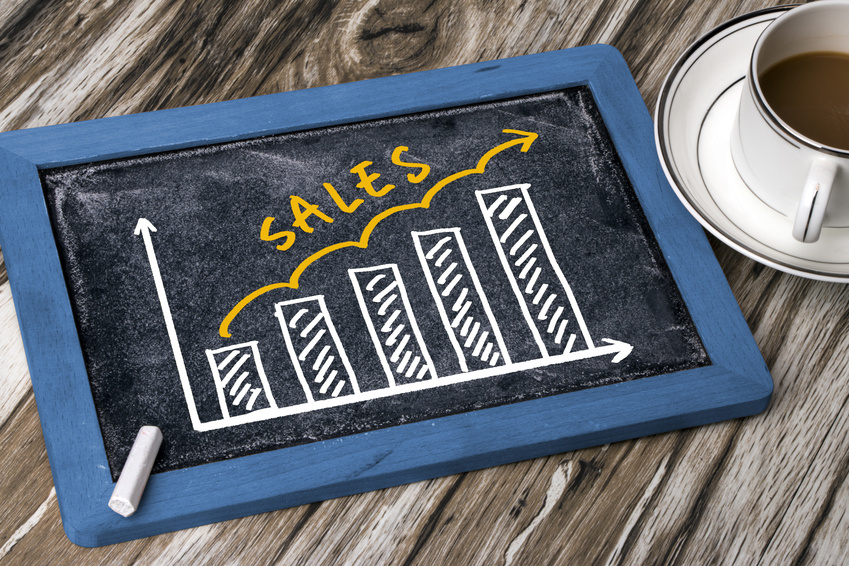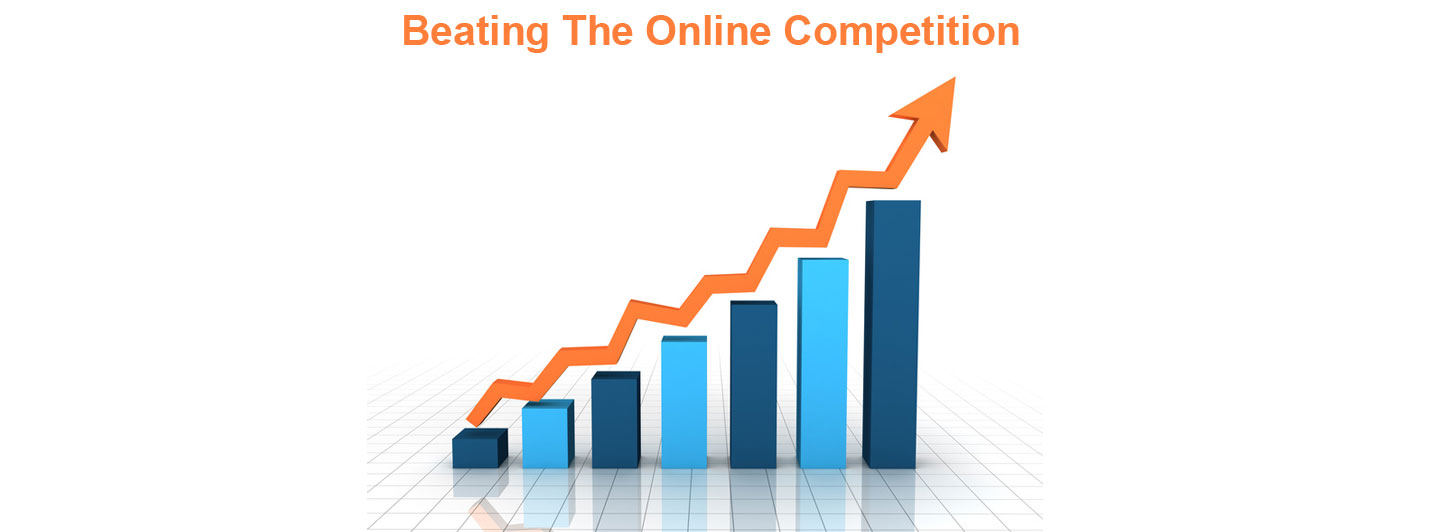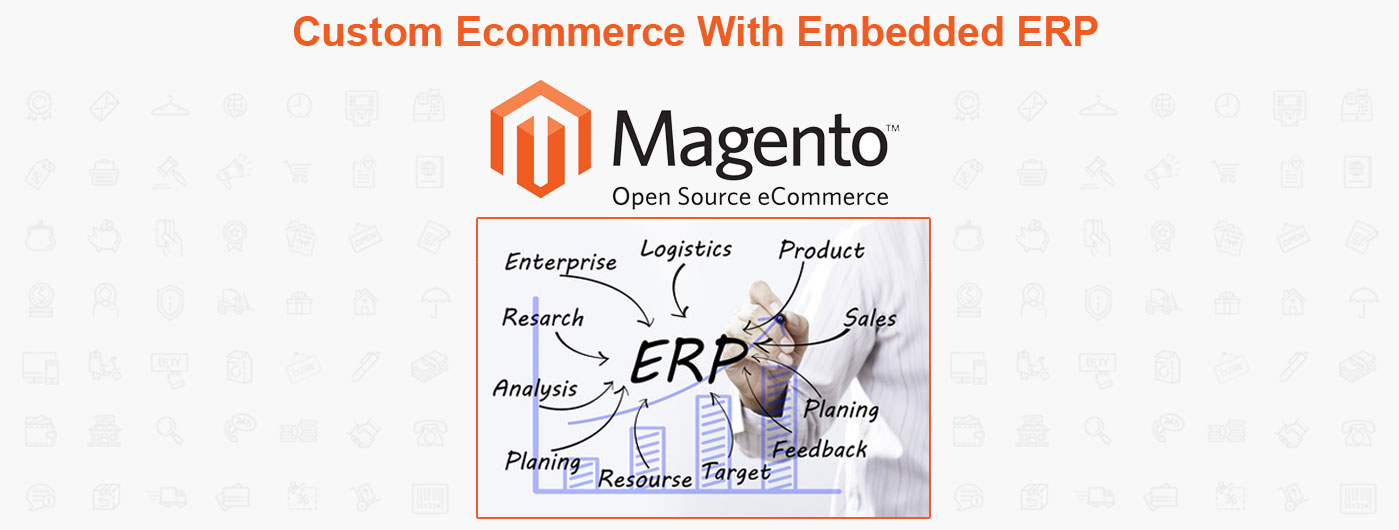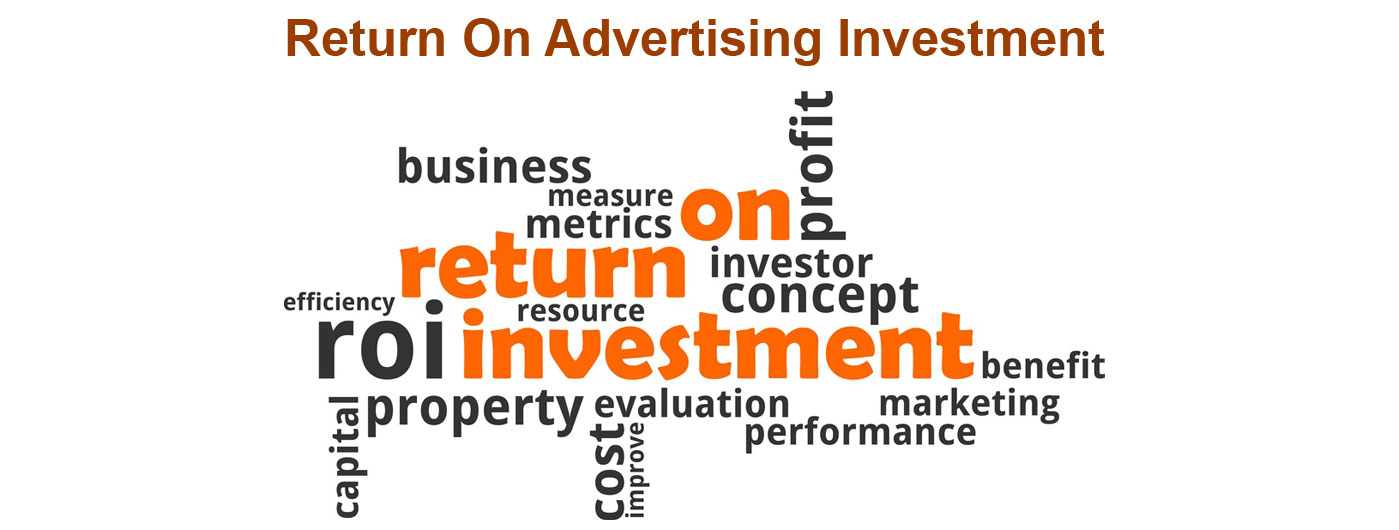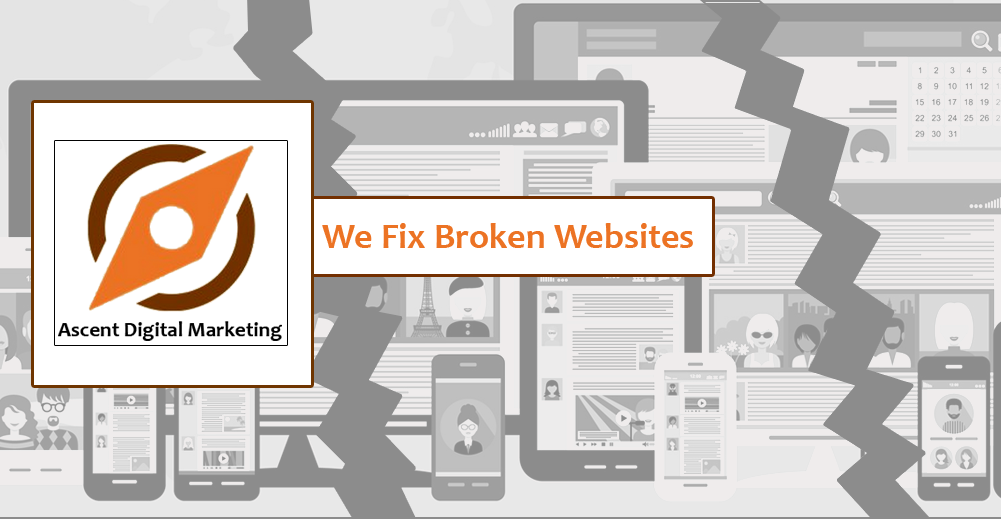Most businesses know they need to advertise and create promotions to get new business. In today’s world, getting repeat business from current customers is not guaranteed. Let’s face it, there are dozens of competitors at every corner waiting to take our customers with a promise of the lower price offer, so we must be continually building value and earning our way in the minds of customers so that they consider us as the preference for the next purchase.
Pay-per-click (PPC) ads are a popular way to advertise, but are they profitable?
A lot of businesses immediately turn to PPC or paid ads as their main tactic for acquiring new customers. But is this a wise investment, or are they losing money with every click?
Many companies are not measuring or know if their PPC advertising is resulting in a profit or a loss of revenue.
The hard truth is that, on average, 97% of all paid ad clicks will not purchase anything, but you will pay for the ad click anyway.
So how can you tell if your advertising has a chance to be profitable before you spend your companies hard earned money?
Below are a few statistics and some free formulas you can use to tell if your ads will be profitable enough to start them or if you are already underway and should immediately consider other alternatives to obtain customer traffic.
The best way to check profitability is to use a cost of customer acquisition method of calculating an expense to profit ratio.
To estimate the cost of each new customer acquisition, you will need to know some campaign cost figures, statistics on your PPC campaign, and knowledge of some industry average statistics. These figures will help you estimate a realistic ballpark for return on investment (ROI).
Things you will need to know:
1. You will need to know the estimated cost per click for your particular product ad
Your PPC agency or person managing Google paid ads can get this for you, or it can be calculated with a couple of other figures from your ad campaign.
2. You will need to know the campaign advertisement spend
This is based on estimated number of clicks modeled inside the Google Ad purchase.
Your PPC agency or person managing Google paid ads can get this figure for you.
3. You will need to know the estimated number of monthly clicks that the Google spend will generate
Your PPC agency or person managing Google paid ads can get this for you.
4. Average sales order ticket
If you are an established company, you may already know this figure, or the data is probably available in your analytics.
If you are a new startup business with the absence of data, you may have to estimate this figure. The E-Commerce industry average “cart quantity” per order is one item, so you can multiply this quantity times the median product price for all products likely to be sold. This will be a good ballpark for an average ticket.
Once you have these figures, you can then use average industry statistics to estimate profitability for the ad.
Here are four steps and formulas for each to help you develop an estimate:
Step 1: Determine cost per click if not readily available.
Formula: ad campaign budgeted / number of ad clicks = cost per click
Step 2: Determine realistic traffic to the website
Formula: 3% (industry average conversion rate) x estimated ad clicks = Estimated Purchasing Traffic
Step 3: Determine acquisition cost per new customer
Formula: campaign cost (monthly budget) / estimated purchasing traffic = cost per customer acquisition
Step 4: Determine profitability
Formula: cost per customer acquisition – average order ticket = ad profitability
If you are looking for an accurate ROI for advertising, then you will need to also factor in profit margins that include manufacturing costs and expenses.
You could just be trading dollars or unknowingly losing significant margin, which is not a sustainable model for many businesses today.
What should I do if my PPC is not profitable?
Here are some actions you can take immediately:
1. Perform SEO with quality shareable site content
Shareable content can be developed in several forms. Helpful tips and educational articles of high quality will engage audiences to earn more product traffic and shares.
Google sees this content as high-quality based on activity, so the authority value continues to build relevance for your site. As the content is increased traffic growth organically occurs because of the value created in the content. An ecosystem of benefits is then created surrounding your product and your brand as a relevant authority for your product categories.
To significantly boost your audience and traffic consider using a blog syndication service that amplifies your content far and wide across the internet in many geographic locations.
2. Regularly market special offers to existing customers
Research has proven that keeping a current customer is far less expensive than the cost of acquiring new customers. Staying at the top of mind for current customers requires constant promotion to be considered for their next purchase.
3. Setup Email Marketing Campaigns
Create special offers & incentives for both prospects and current customers to signup for your promotional list.
Aggressively marketing good offers as a reward for signing up will build up your email list fast and provide a solid base on which to market future specials and quickly launch new products into the marketplace.
4. Have professional analysis performed on your PPC campaigns
Some PPC campaigns can be optimized to reduce cost and make them profitable. Some are just too expensive because of competitive pressures driving the cost per click up for your space.
You will want to deploy an advertising strategy that will work for your budget and business case.
We hope this information has been helpful so you can gauge the profitability of your PPC campaigns.
About Tom Hawkins
Tom is 20-year digital marketing veteran and President of Ascent Digital Marketing.
Ascent Digital is a full-service digital agency and eCommerce solution provider specializing in SEO, PPC, social media, content development, advertising services and consulting services for a wide variety of industries.
Ascent offers content syndication services using a diverse network of high network influencers that reach across virtually every industry and geographic area.
Contact Ascent Digital today for a free analysis of your PPC or advertising spend and let us help you develop a winning marketing strategy.

